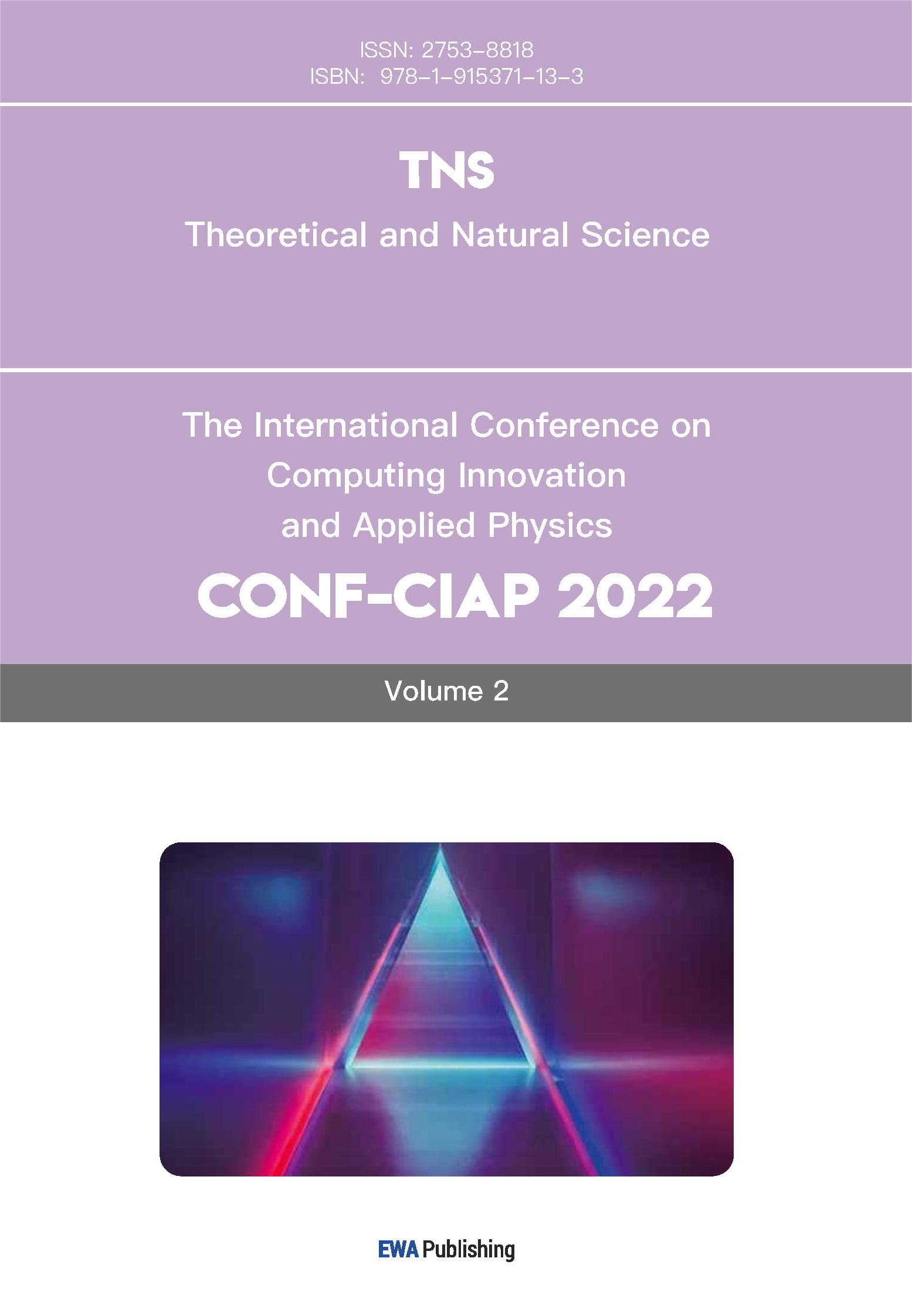References
[1]. Hu, X. G., Tao, K., & Deng, B. W. (2015). Design of analog-digital hybrid infrared channel communication device. Electronic Products World, 22(12), 27-29+36.
[2]. Liao, C. (2020). Anti-interference demodulation circuit for underground coupling communication. Electronic Production, (19), 12-17.
[3]. Tang, J. G., Wang, Y. N., Yang, H. Q., et al. (2007). Design and implementation of digital-analog conversion system for hybrid electric vehicles. Process Automation Instrumentation, (7), 17-20.
[4]. Wang, X. W. (2010). Research on low-cost testing technology for automotive intelligent power integrated circuits (Doctoral dissertation). Fudan University.
[5]. Chen, Y. S. (2022). Research on key technologies of mixed-signal integrated circuits for mobile healthcare (Doctoral dissertation). Xidian University.
[6]. Ji, M. N., Chang, M. C., Jia, Z. J., et al. (2024). Development trends and reliability evaluation methods for high-density hybrid circuit packaging technology. Integrated Circuits and Embedded Systems, 24(7), 25-29.
[7]. Lü, T., & Chen, R. (2010). Optimization analysis of crosstalk and substrate coupling noise in hybrid circuits. Electronic Process Technology, 31(3), 154-157.
[8]. Guo, R. (2015). PCB anti-interference design for digital-analog hybrid circuits. Mechanical and Electrical Information, (18), 146-147.
[9]. Zhang, Z. X. (2017). Research on methods to reduce interference in CMOS analog-digital circuits. Science and Technology Innovation Herald, 14(7), 27+29.
[10]. Yu, M. (2016). Design of bandgap reference voltage source based on process variation (Master’s thesis). Zhejiang University.
[11]. Zhang, J. H., Su, J. T., Xie, W. Y., et al. (2024). Analysis of load mismatch effects on heterojunction bipolar transistor devices based on waveform testing. High Power Laser and Particle Beams, 36(1), 34-40.
[12]. Zhang, H. (2011). Design and implementation of low-power and high-precision audio digital-to-analog converter (Master’s thesis). Zhejiang University.
[13]. Zhang, X. Q. (2017). Logic circuit design based on FinFET devices (Master’s thesis). Ningbo University, Zhejiang.
[14]. Deng, Z. H. (2024). Overview of integrated circuit technology. Integrated Circuits and Embedded Systems, 24(1), 1-12.
[15]. Tian, C. S., Chen, L., Wang, Y., et al. (2023). Research progress on electronic design automation technology based on graph neural networks. Journal of Electronics and Information Technology, 45(9), 3069-3082.
[16]. Shi, H. X., Zhu, J. C., Yan, J. C., et al. (2021). Customer repurchase prediction method based on convolutional neural network and LSTM recurrent neural network. High Technology Letters, 31(7), 713-722.
[17]. Mirhoseini, A., Goldie, A., Yazgan, M., et al. (2021). A graph placement methodology for fast chip design. Nature, 594(7862), 207-212.
[18]. Wang, G. W., Li, L., Pan, P. H., et al. (2025). Research and application status of multi-die 2.5D/3D integration technology. Journal of the University of Electronic Science and Technology of China. Advance online publication. https: //doi.org/ [insert DOI if available]
[19]. Guo, J., Feng, J. B., & Cao, G. W. (2017). Development and challenges of silicon photonics chip processes and design. ZTE Technology Journal, 23(5), 7-10.
[20]. Wu, B. B., Zhang, H. Y., Tang, X. H., et al. (2017). Research on silicon photonics technology and industry development. World Telecommunications, (2), 36-41.



